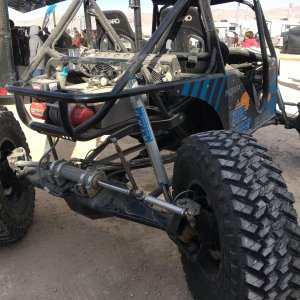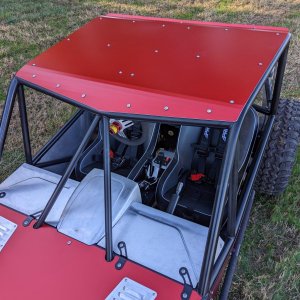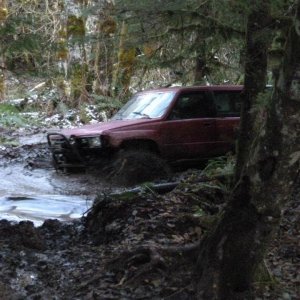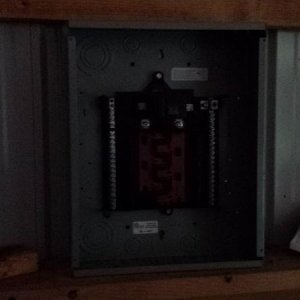TreeClimber
Well-Known Member
And for those who don't have a clue,
you take the lowest gear of the transmission (say 6.32 for a T18)
and multiply it by the lowest gear of the transfer case (say 4.0 to 1)
and multiply it by any secondary reduction box, if you got one (say 2.72)
and multiply it by the final axle ratio (say 4.56)
and total that up, and that's your mathamatical crawl ratio.
For those of you with Automatic transmissions, if your crawl ratio makes you feel inferior, you can also multiply it by the 'theroetical' multiplication due to the torque convertor. Some say it more than doubles the pull (X 2.5), others say it gives less (X 1.8)
you take the lowest gear of the transmission (say 6.32 for a T18)
and multiply it by the lowest gear of the transfer case (say 4.0 to 1)
and multiply it by any secondary reduction box, if you got one (say 2.72)
and multiply it by the final axle ratio (say 4.56)
and total that up, and that's your mathamatical crawl ratio.
For those of you with Automatic transmissions, if your crawl ratio makes you feel inferior, you can also multiply it by the 'theroetical' multiplication due to the torque convertor. Some say it more than doubles the pull (X 2.5), others say it gives less (X 1.8)
Last edited:









